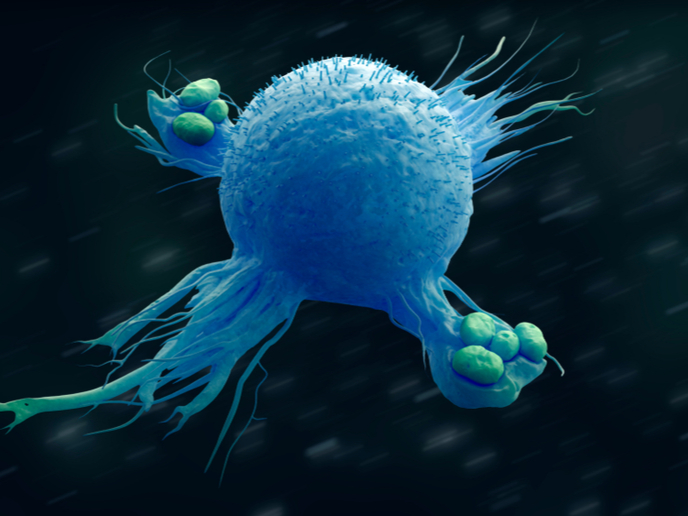Engineered virus-like particles
VLPs are synthetic nanostructures that emulate the conformation of viruses but completely lack infectivity. They rely on the inherent capacity of viral capsid proteins to self-assemble, offering an adaptable platform that can penetrate cells and deliver the desired content. Numerous studies have worked on determining which polymers associate best with viral proteins and their functionalisation capacity. The EU-funded project HDIMSM (Self-Assembled virus-like particles from polyferrocenylsilane-based polymers and viral capsid proteins: fabrication, surface engineering and applications) focused on polymers that contain metals such as iron, and investigated their physical and chemical properties. As a first step, the team fabricated these polymers and purified the viral proteins. Next, these polymers were surface engineered with hydrophilic groups and co-assembled with viral capsid proteins to generate liquid state VLPs. Researchers studied the aqueous self-assembly process using several kinds of proteins and amino acids, and elucidated the underlying mechanism. Additional surface engineering and functionalisation of these VLPs was performed to provide specific biological functions. In another part of the project, scientists investigated the assembly of poly(ferrocenylsilane) (PFS)-based micelles and their potential application as biomimetic protocells. They synthesised PFS-based copolymers containing a hydrophilic block and subsequently prepared water-dispersible cylindrical micelles. The hydrophilic PFS cylindrical micelles were designed to self-assemble at the interface between water and oil, and the potential of the resultant emulsion droplets was systematically investigated. Overall, the activities of the HDIMSM significantly advance the field of material science. The potential applications of VLPs extend beyond biomedicine to enhancing food security and animal health.







